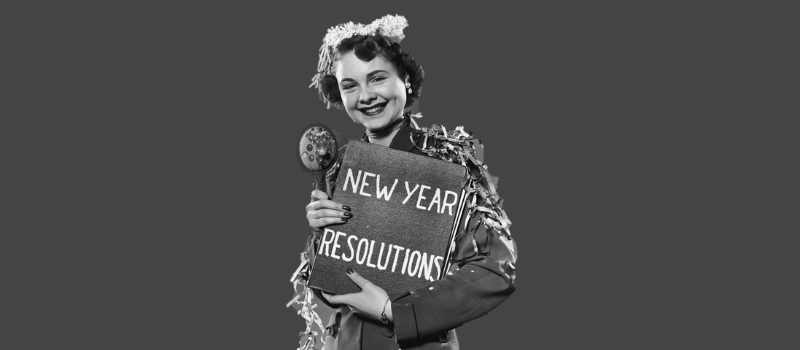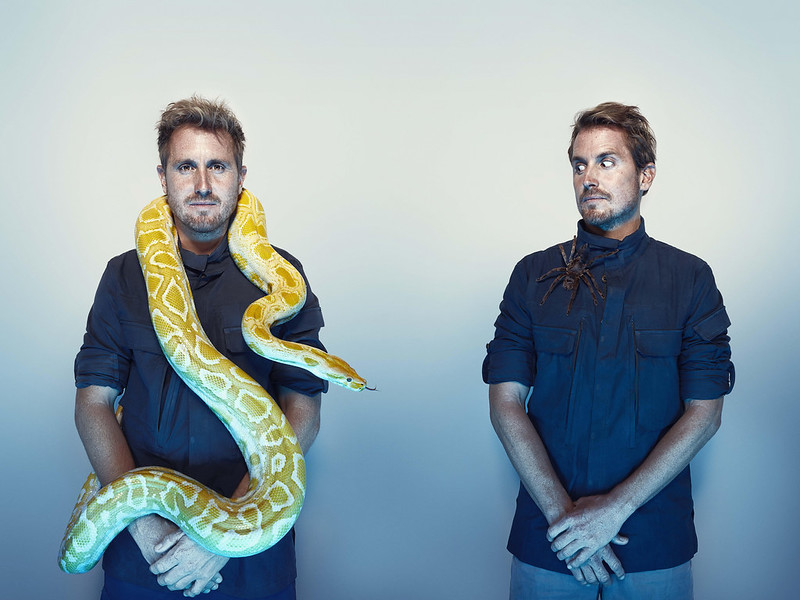
By Michele Redmon
Welcome to 2020! This is the time of year when perfection (or, at the very least, improvement) once again seems attainable, through carefully considered goals and resolutions. By developing good habits (or breaking bad ones), small but significant change is within reach of each individual.
Caring for the environment is one goal that requires swift action to avoid a future with irreversible damage. The scale of challenges facing our planet is daunting, and misinformed debate clouds potential solutions. Where do we start? How can I help? As Andrew Jones, co-founder of Climate Initiative explains, “There’s no silver bullet. There’s silver buckshot: many actions in many domains.”
Perhaps individual environmental actions will never make a dent, but all of our combined “buckshot” can produce real, systemic change. So, start somewhere this year, even if you start small.
Kick Your Plastic Habits
According to a new Pew Research Center Survey, most Americans say they’re changing their behavior to help protect the environment. But the data shows that the number of single use plastic items sold has not changed in the past two decades.
New Model by Climate Central
“A new digital elevation model produced by Climate Central shows that many of the world’s coastlines are far lower than has been generally known and that sea level rise could affect hundreds of millions of more people in the coming decades than previously understood.”


…with Nick and Steve Vollebak
Nick and Steve Vollebak design clothes for the next century of extreme weather. Twins, designers and athletes, the Vollebaks make high tech high performance gear that is engineered to outlive us and take on any storm, blizzard, torrential rain, wind, ice or extreme condition. Is it any surprise to learn that these two are truly weather obsessed?
How does the weather play a big part in your life? Are you obsessed with weather – if so, how?
Steve: I have a bit of a weather obsession. It started when we first got involved in endurance racing about ten years ago and needed to get as much advance information as possible about the kind of conditions we’d be competing in, to work out what to carry with us and to mentally prepare for the race. Since then the weather has always been one of the first things I check when I wake up each day. Hour-by-hour forecasts help me to plan the right kit to wear and to find the best window to go running or take my bike out.
Nick: I cycle to work through London every day, so on a practical level I’ll usually check a weather app to figure out what to wear on the ride, and if there’s torrential rain I’ll also be thinking about the best time to leave.
How does the weather inspire Vollebak’s approach to designing clothing?
Steve: We first started thinking about creating our own sportswear brand when we were competing in endurance races, running across mountain ranges and deserts. You have to rely on a small bag of kit for survival, and hope you’ve got the right things with you to see you through whatever temperature changes or weather conditions you find yourself in. Both of us love the primitive, elemental feeling of being out in extreme weather and how alive it can make you feel. So it’s not something to avoid, just something to be prepared for.
Nick: We’re interested in materials and designs that can cope with extreme scenarios. Our newest jacket is designed to take on the next century of extreme weather – the 100 Year Jacket is the most waterproof jacket ever made, with a rating of over 40,000 mm. And instead of compromising on either waterproofness or breathability, we used an advanced, Swiss-built membrane which is able to contract in the cold to retain warmth, but open up in the heat to disperse sweat.
Steve: With our Planet Earth Shirt, we set out to design a single shirt that would work equally well wherever you are in the world. The material is water repellent and fast-drying, and we built in lots of features that help the shirt adapt to different temperatures, like concealed air vents and a reinforced double collar that can be worn in four different configurations.
Will the clothes we wear become four-season clothing for the future of life on Earth?
Steve: I think there are two ways in which the clothes we wear will evolve to help us adapt to a more extreme and changeable climate. The first is through the use of materials and designs that keep you warm, dry and comfortable in wildly different temperatures and weather conditions. And the second is by the clothes themselves becoming intelligent, with technology such as body sensors and weather sensors built into the clothes themselves.
Interview and column by Ann Marie Gardner. Find her on Instagram @thenewweather
Extreme Weather & Food
Stacker outlines the many ways extreme weather and climate disaster affect our food supplies, including how the food and agriculture industries as a whole are adapting.
A Smarter Smart Home
Smart home technology is helping homeowners conserve energy and water. The right Home Weather System can use the weather conditions outside your home to automate your sprinklers, thermostat and lights.
Eco-Friendly Indoor Crops
One of Fast Company’s most innovative companies in the world, AeroFarms has developed award-winning aeroponic technology that tailors indoor vertical farming conditions to meet the needs of the various crop species.
Join the Tempest Community